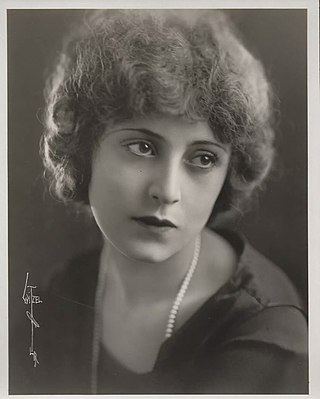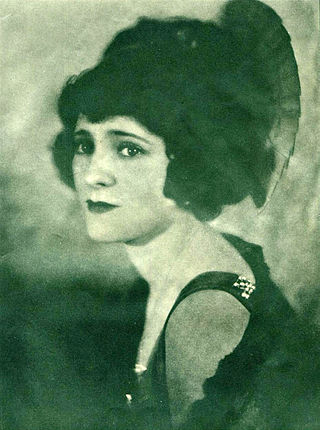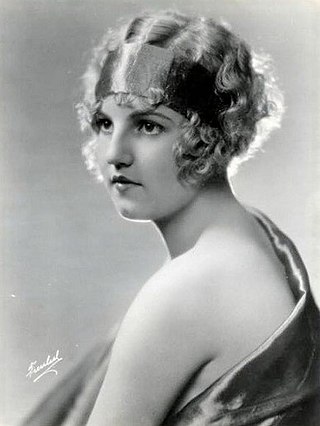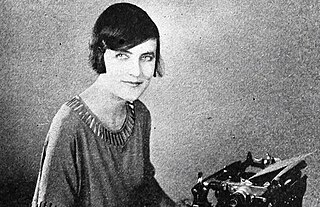
Virginia Brown Faire was an American silent film actress, appearing in dramatic films and, later, in sound westerns.

Edith Roberts was an American silent film actress from New York City.

Ena Jessie Gregory, also known as Marian Douglas, was an Australian-American actress who achieved fame in Hollywood in the 1920s.

Rosemary Theresa Theby was an American film actress. She appeared in some 250 films between 1911 and 1940.
Seton Ingersoll Miller was an American screenwriter and producer. During his career, he worked with film directors such as Howard Hawks and Michael Curtiz. Miller received two Oscar nominations and won once for Best Screenplay for fantasy romantic comedy film Here Comes Mr. Jordan (1941) along with Sidney Buchman.

Ethel Doherty was an American screenwriter, writer, and educator active primarily in the 1920s and 1930s.
Frances Hyland was an American screenwriter active between the late 1920s and the late 1940s. She was the first woman hired as a "gagman" at a film studio, and she wrote dozens of comedic scripts over the course of her career.
Doris Malloy (1901–1955) was an American screenwriter active during the 1920s through the 1940s.
Enid Hibbard was an American screenwriter active during the 1920s.
Anne Morrison Chapin was an American playwright, actress, and screenwriter.
Jane Loring (1890-1983) was an American film editor and producer active during the 1920s through the 1940s. She was related to screenwriter Hope Loring.
Verna Willis was an American film editor known for her work on films of the late 1920s during Hollywood's silent era. She was employed by Paramount and was highly regarded for her skill as a cutter.
Alice Eyton, sometimes credited under her married name Alice von Saxmar, was a New Zealand–born journalist, screenwriter, playwright, and novelist active in Hollywood between 1918 and 1922.
Marie Halvey (1895–1967) was an American film editor active during the late 1920s and early 1930s.

Peggy O'Day was an American actress, film editor, screenwriter, and stuntwoman active during the 1920s and 1930s. She was sometimes credited under her birth name. and she is often confused with fellow silent-era actress Peggy O'Dare.
Dwinelle Benthall was an American screenwriter known for her work in the 1920s.
Edith Madeleine Wakeling was a Canadian-born American film editor who worked in Hollywood in the 1920s.
Paul Perez was an American screenwriter active primarily during the 1920s and 1930s; he wrote for both English- and Spanish-language films over the course of his career, and often worked on Westerns. He also had several credits as an actor and editor.

Aileen Manning was an American film actress.

Universal City Zoo was a private animal collection in southern California that provided animals for silent-era Universal Pictures adventure films, circus pictures, and animal comedies, and to "serve as a point of interest" for tourists visiting Universal City. The animals were also leased to other studios. The zoo was closed in 1930, after cinema's transition to synchronized sound complicated the existing systems for using trained animals onscreen.








